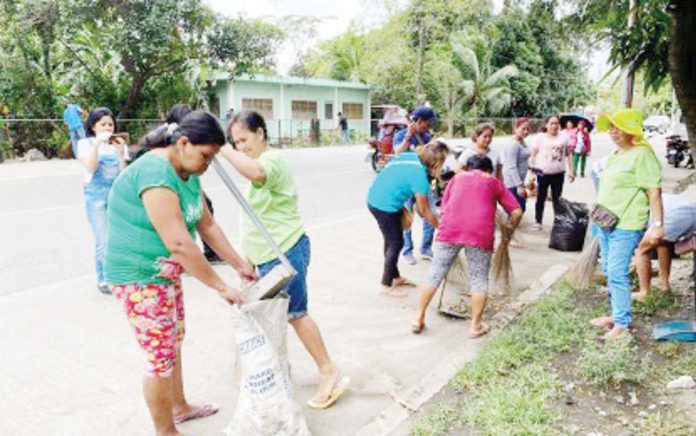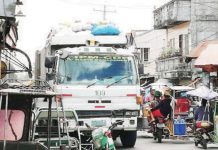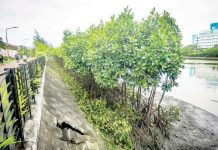
ILOILO – This province recorded 11,855 dengue cases and 33 deaths from January 1 to December 31, 2024, a 542 percent increase compared to 2023’s 1,848 cases and two deaths, according to the Iloilo Provincial Health Office (IPHO).
Dengue is a mosquito-borne viral disease caused by the dengue virus, transmitted to humans through the bites of infected Aedes aegypti and Aedes albopictus mosquitoes.
The IPHO identified municipalities with the highest dengue cases last year:
* Oton – 716 cases
* Leon – 548 cases
* Calinog – 524 cases (one death)
* Janiuay – 505 cases
* Lambunao – 469 cases (one death)
* Dingle – 467 cases (one death)
* Barotac Nuevo – 394 cases (four deaths)
* Dumangas – 393 cases
* Tigbauan – 386 cases
On the other hand the component city of Passi recorded 680 cases (two deaths)
Causes of the Surge
IPHO head Dr. Maria Socorro Colmenares-Quiñon attributed the sharp increase to the prolonged El Niño phenomenon, which led to water storage in households, creating ideal breeding grounds for mosquitoes. She also noted that dengue is no longer limited to a specific season, as cases can occur year-round, with peaks typically observed in August during the rainy season.
Dr. Quiñon reiterated the importance of the Department of Health’s 4S strategy against dengue:
* Search and destroy mosquito breeding places.
* Secure self-protection by wearing long sleeves or using insect repellent.
* Seek early consultation when symptoms appear.
* Support fogging or spraying in hotspot areas with a surge in cases.
“Continue practicing search and destroy, both indoors and outdoors. Without breeding places, mosquitoes carrying dengue will not lay eggs,” she emphasized.
Dengue Symptoms and Risks
Symptoms of dengue include sudden high fever, severe headache, pain behind the eyes, joint and muscle pain, rash, and mild bleeding. Severe cases may progress to dengue hemorrhagic fever, leading to internal bleeding, plasma leakage, and organ impairment, which can be fatal.
Thirty-three other municipalities also reported significant numbers of dengue cases: Santa Barbara (382 cases with one death), Pavia (337 cases with one death), Miag-ao (334 cases with two deaths), Cabatuan (329 cases), San Dionisio (288 cases with one death), Badiangan (274 cases with three deaths), Sara (269 cases with two deaths), Barotac Viejo (267 cases), Pototan (258 cases), Igbaras (246 cases with three deaths), Banate (245 cases with two deaths), Alimodian (241 cases), Lemery (236 cases), San Joaquin (234 cases), Dueñas (222 cases), Ajuy (201 cases), Guimbal (198 cases with two deaths), Batad (191 cases), San Miguel (188 cases), Estancia (183 casces with one death), Maasin (187 cases), San Enrique (160 cases), Anilao (159 cases), Balasan (151 cases with one death), Concepcion (144 cases with two deaths), Leganes (136 cases), Zarraga (135 cases), Bingawan (132 cases), Mina (127 cases), Tubungan (106 cases with one death), Carles (102 cases), New Lucena (65 cases), and San Rafael (55 with one death).
Dr. Quiñon urged the public to remain vigilant, as community participation plays a vital role in preventing the spread of dengue and minimizing its impact on lives./PN





